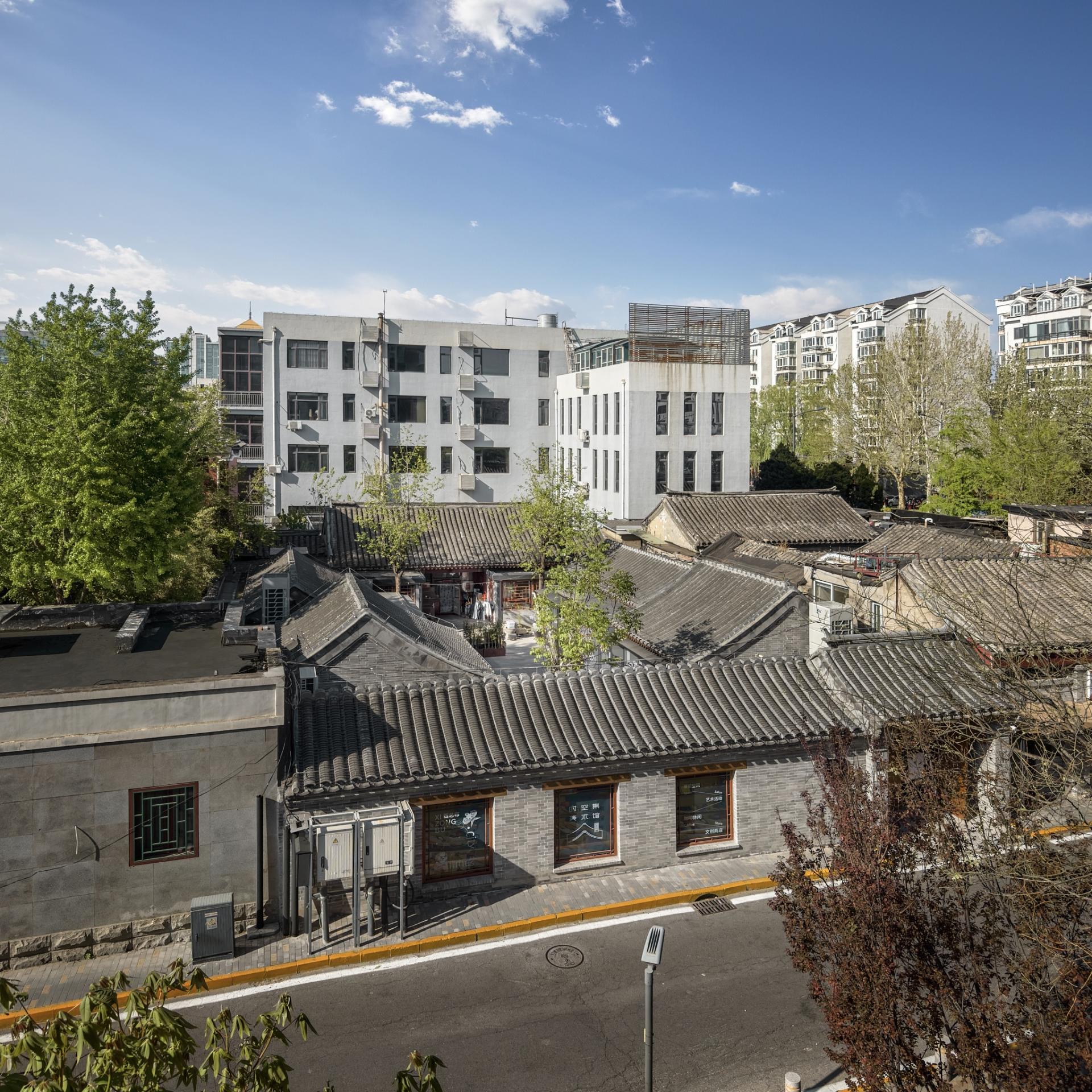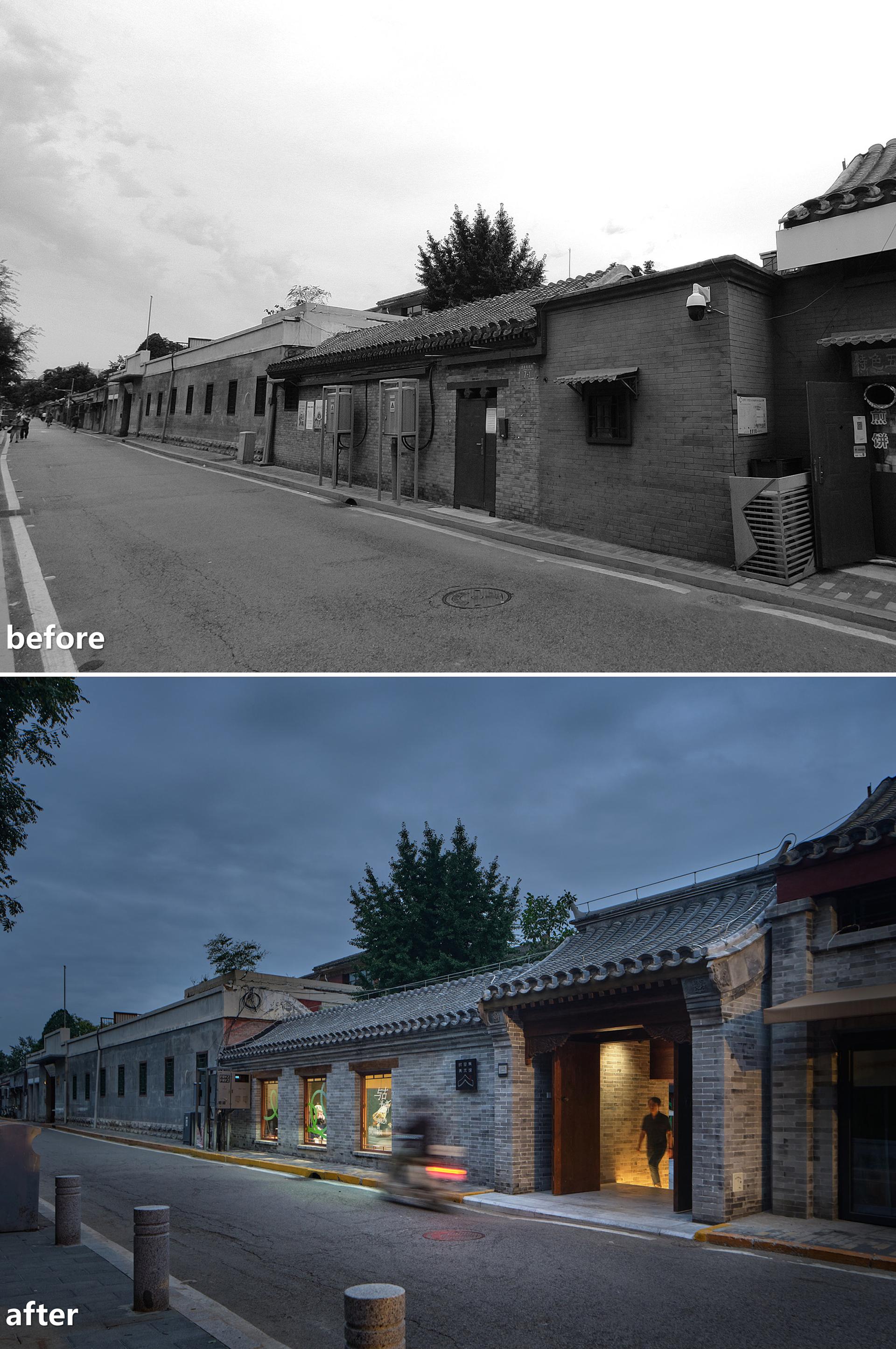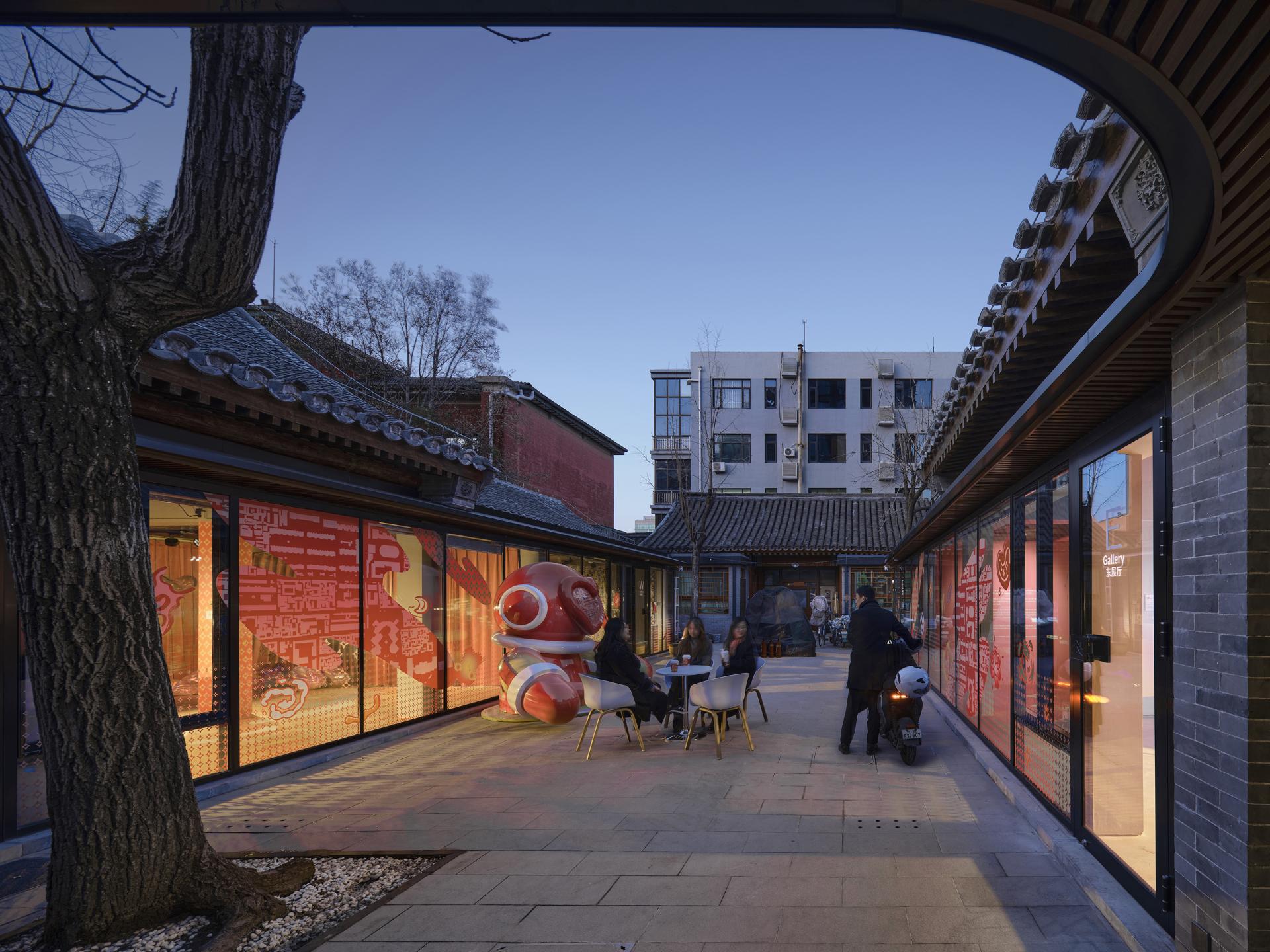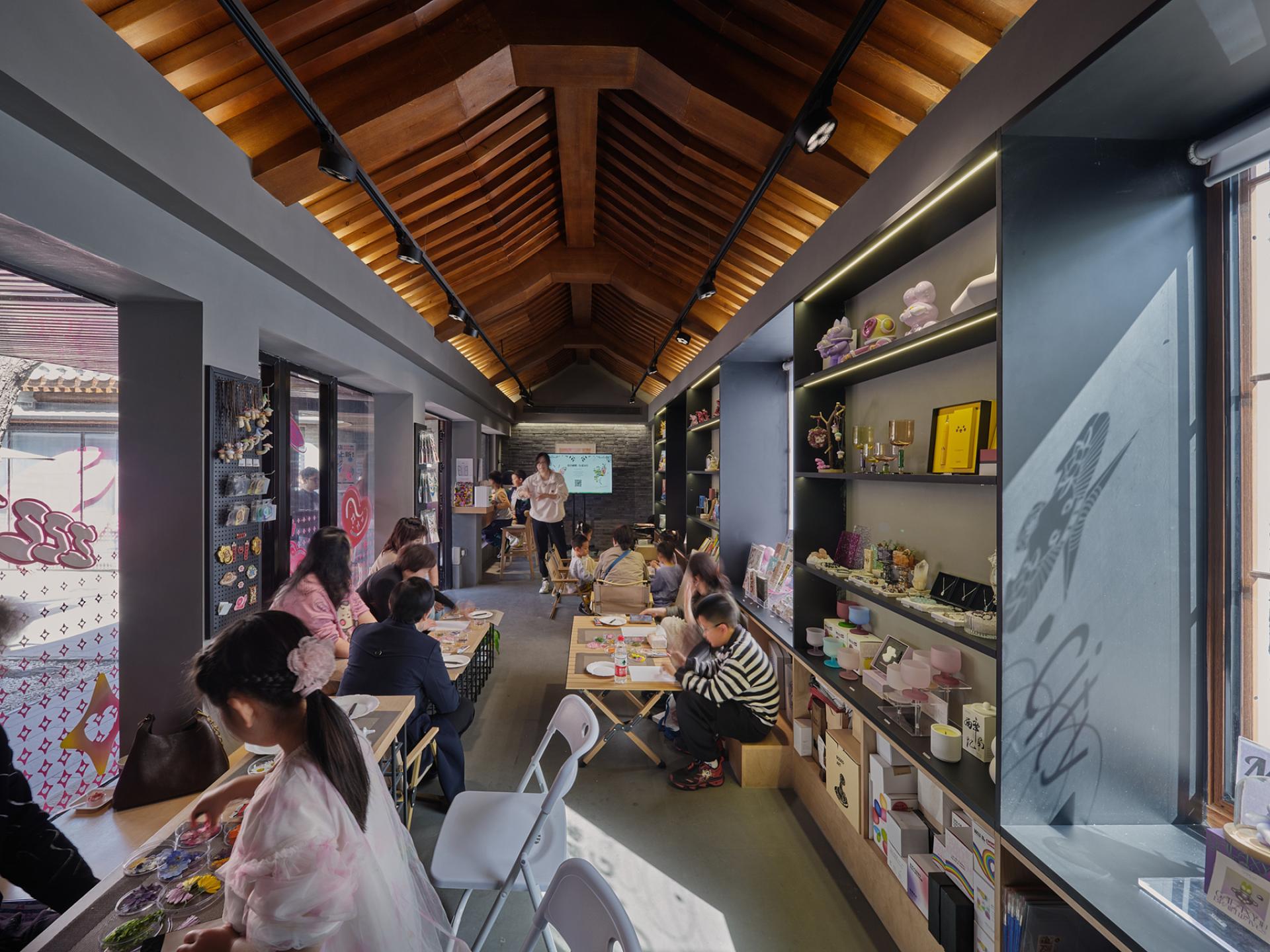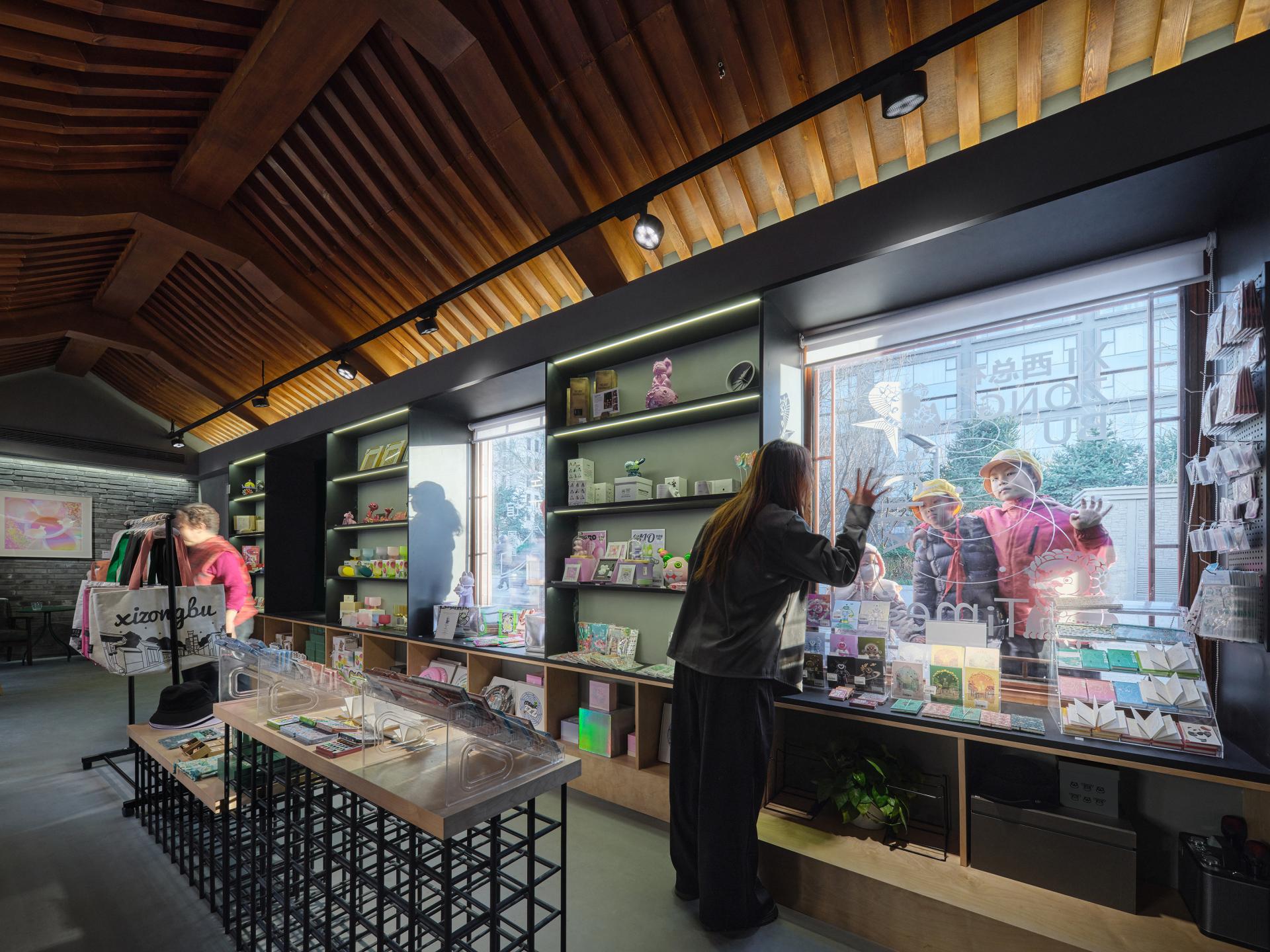2025 | Professional
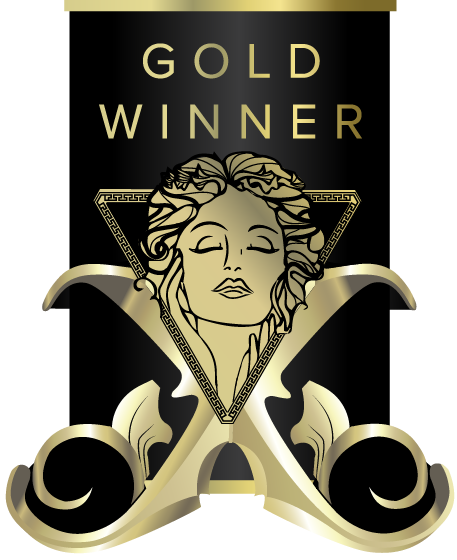
Hybrid Yard——Courtyard No.7 of Xizongbu Hutong
Entrant Company
Architectural Design and Research Institute of Tsinghua University Co., Ltd
Category
Architectural Design - Adaptive Reuse
Client's Name
Beijing Jianbang Dongjing Urban Renewal Construction and Operation Co., Ltd.
Country / Region
China
Courtyard No. 7 in Xizongbu Hutong, Beijing, is an exemplary model of sustainable urban regeneration, demonstrating how high-density historic housing can be revitalized to meet contemporary living standards while preserving cultural integrity. Situated just 2 km from the Forbidden City, this Qing Dynasty compound had long suffered from overcrowding, illegal extensions, deteriorated infrastructure, and environmental degradation.
The design team adopted a targeted strategy: remove unsafe accretions, restore the authentic four-sided courtyard layout, and reintroduce a generous central yard as a shared activity space for children and the elderly. This intervention not only revived the architectural order but also reinstated the courtyard’s role as a safe, inclusive social core. Barrier-free upgrades—including ramps, leveled pathways, and lowered window sills—seamlessly support mobility for all users and encourage casual, multi-generational interaction.
Cultural heritage preservation was approached with precision. Original grey bricks and roof tiles were salvaged and reused, while lightweight steel-and-glass additions minimized material consumption and maintenance. A distinctive corridor roof curves around preserved mature trees, symbolizing the integration of built heritage and nature.
A defining innovation was the embedding of public cultural functions within a residential setting. The courtyard’s front section now houses tenant-operated reading and exhibition spaces, opening a once-private site to the broader neighborhood. This transformation catalyzes cultural exchange, strengthens community identity, and reconnects residents with the surrounding urban fabric.
Community collaboration underpinned the process, ensuring that spatial, functional, and accessibility improvements directly addressed resident needs. The result is a living environment that is socially vibrant, environmentally resilient, and operationally sustainable.
Courtyard No. 7 delivers measurable impacts: improved quality of life for residents, activation of cultural assets, and strengthened neighborhood cohesion. Its replicable methodology—combining heritage restoration, adaptive reuse, and social programming—offers a blueprint for upgrading dense historic districts worldwide. It proves that in compact urban fabrics, heritage preservation can drive, rather than hinder, contemporary livability and cultural vitality.
Credits

Entrant Company
YHDQ Design
Category
Interior Design - Residential

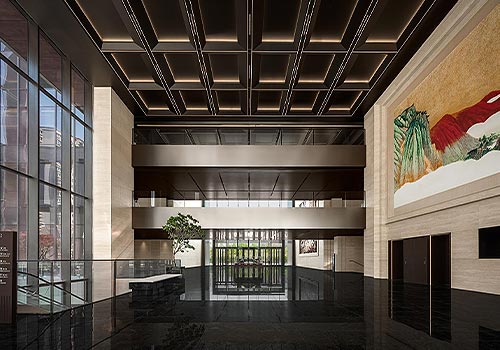
Entrant Company
Interscape Design Associates
Category
Interior Design - Office


Entrant Company
SKY CRADLE Design Team
Category
Product Design - Baby, Kids & Children Products


Entrant Company
Shanxi Pinchuang Hongtu Decoration Design Co., Ltd.
Category
Interior Design - Residential

